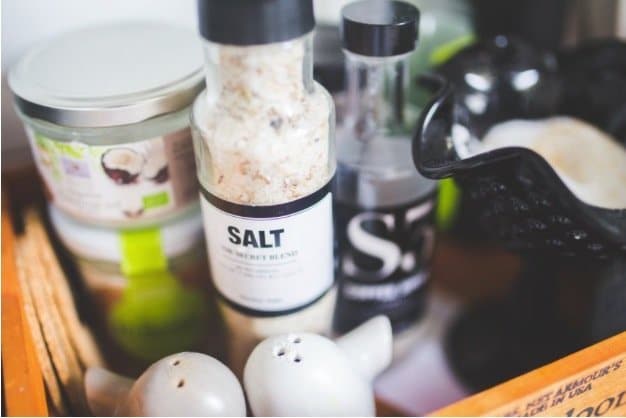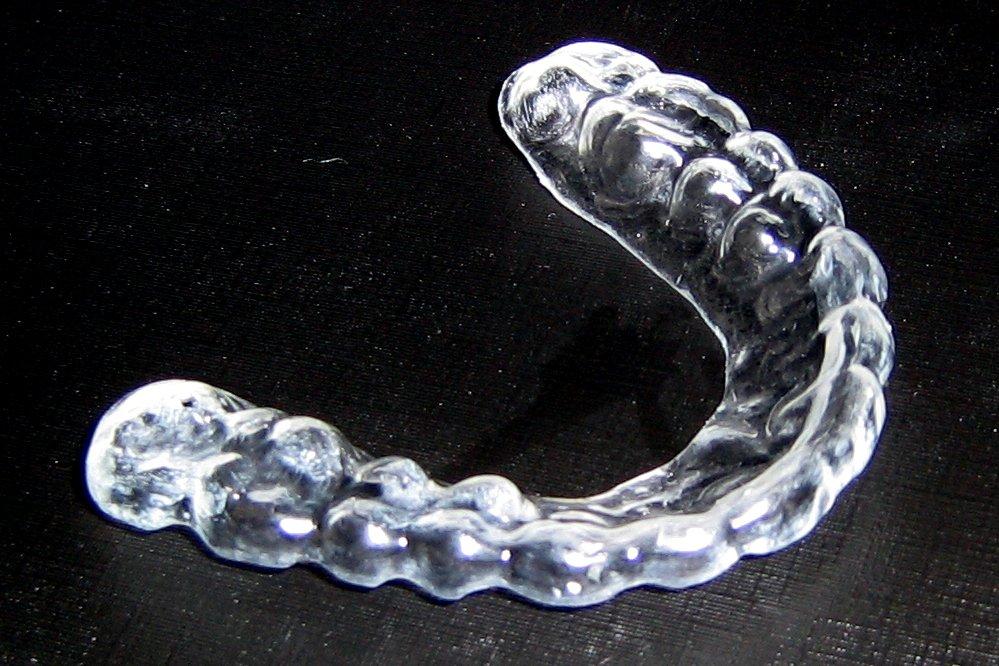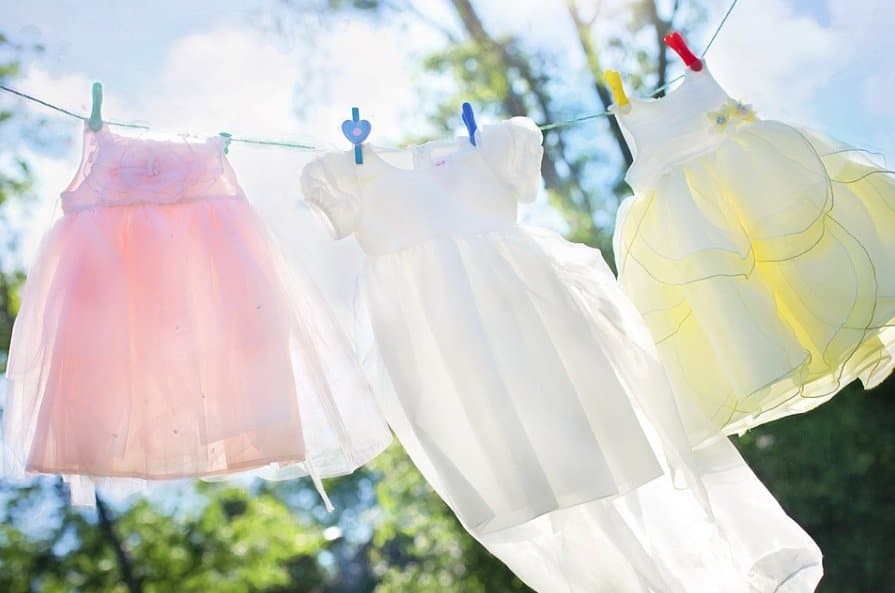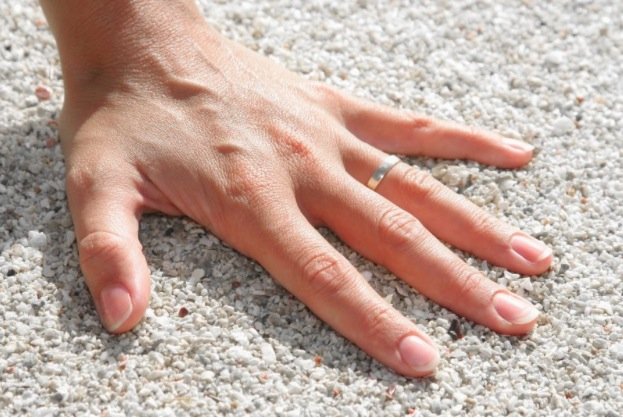Do you smell this smell? It’s the smell of spring cleaning which is fast approaching. This will therefore be the perfect opportunity to bring out all the best tips for a clean house from floor to floor and above all to review the great cleaning classics to easily achieve your goals. Hydrogen peroxide is perhaps not as widely used as its cousins (white vinegar, baking soda, lemon juice, etc.), but in terms of effectiveness, it has nothing to be ashamed of. A few months ago, we reviewed different uses to know about this amazing product. Today, we are going to have great pleasure giving you 6 new tips that will make dirt and bacteria quiver!
1) Decontaminate spice bottles

The bathroom is believed to be the dirtiest room in the house due to humidity and heat. But even if we don’t necessarily see it, the kitchen can also bring its share of dirt. First of all, this room is also subject to heat and humidity and we don’t mind letting our hands drag everywhere when we cook. And between cutting raw meat or cooking, we are sure that your hands full of germs touch the jars of spices to make some flavor adjustments!
To clean them, rub them with a cloth to remove the largest particles (dried food, clumped spice grains, etc.). Then spray your hydrogen peroxide on it and leave to act for 5 minutes before rinsing. Have a few labels on hand if the product erases the writing.
2) To disinfect a mouthguard

This allows you to disinfect everything that goes in the mouth: the mouthguard, the orthodontic appliance, etc. You just have to let them soak overnight and unlike a mouthwash (whose alcohol and composition are not ideal for plastic) or tablets (which often contain an allergen, persulfate, which can be dangerous if you ingest a little), hydrogen peroxide is an economical and more prudent solution. Rinse well before next use.
3) For the plastic cup, silicone straw or baby bottle

To disinfect without damaging the container, hydrogen peroxide is a good solution. This is why it is useful for washing dishes for little ones. It helps avoid scalding the material (an easy technique, but not always recommended, as it can damage certain objects). To use it, do a standard cleaning then soak the bottle, cup or silicone straw in a mixture of equal parts water and hydrogen peroxide. Rinse well and dry everything carefully.
4) Test “clean” laundry

Did you know that sometimes machine washing is not 100% effective and therefore sometimes just distributes bacteria instead of cleaning everything perfectly? If you don’t put enough detergent for a large machine, this can happen, for example. To find out what’s going on, spray 3% hydrogen peroxide on a “clean” piece of clothing and wait a bit. If you hear a little crackling sound and it’s bubbling, there is bacteria and a second wash may be necessary.
Don’t hesitate to use a detergent containing sodium percarbonate (the solid form of hydrogen peroxide) for clean laundry the first time.
5) Wash the underside of your nails

We know how this area can be conducive to welcoming bacteria and fungi (we know it, but we prefer not to think about it to avoid remembering the advertising with the disgusting monster hiding under a nail). However, with our hands, we touch a phenomenal number of objects without even thinking about it and if there are germs under the nails, we can be sure that there are some on the rest of the hand. Hydrogen peroxide helps you get your hands clean.
Start with a good cleaning with soapy water. Rub your ends with a brush or toothbrush (disinfected… with hydrogen peroxide!) then spray hydrogen peroxide under the nails and leave for 30 seconds. Rinse and repeat if necessary.
6) Disinfect smelly shoes

Odors in shoes are linked to fungi, yeast and bacteria… three elements that particularly hate hydrogen peroxide! Soak the shoes in hydrogen peroxide and let air dry. Don’t hesitate to go easy and make sure the shoes are moistened with the product to the point of dripping.
Source


